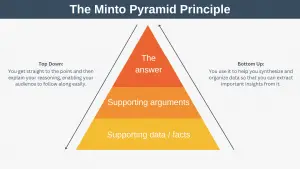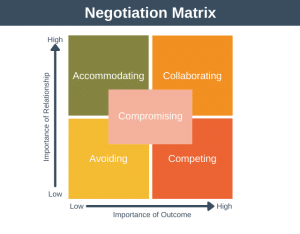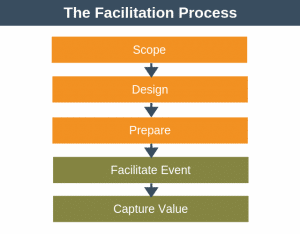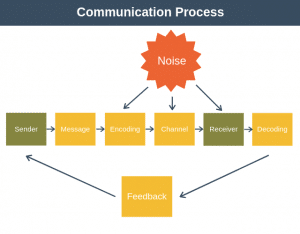Introduction
Have you ever wondered why people react differently under similar circumstances? Or why certain tasks and environments seem to suit some individuals better than others? Understanding these nuances can significantly improve both personal and professional relationships. This is where the Big 5 Model of Personality comes in. It provides a robust framework to help decipher human behavior and personality traits, aiding in better communication, job placement, and personal development.
Overview of the Big 5 Model of Personality
The Big 5 Model, also known as the Five-Factor Model, categorizes personality into five broad traits: Openness, Conscientiousness, Extraversion, Agreeableness, and Neuroticism. Each trait represents a spectrum where an individual can score low, high, or somewhere in between, providing a versatile tool for understanding human behavior.
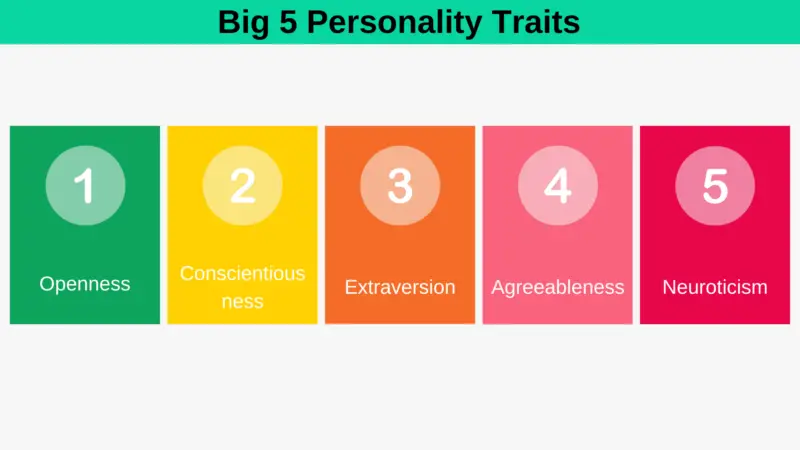
History of the Big 5 Model
The origins of the Big 5 Model can be traced back to the 1940s and 1950s when researchers began systematic efforts to categorize descriptive terms for human behavior. The real breakthrough came from the work of several independent groups in the 1960s and 1970s who, through factor analysis of personality descriptors, identified similar underlying factors, which were later labeled as the Big Five. It has since been refined and validated through decades of psychological research and is now considered one of the most reliable and accurate measures of personality.
Note that the model was not the work of a single individual but rather the result of cumulative research and development by several psychologists over many years.
Detailed Breakdown of Each Trait
- Openness to Experience: This trait features characteristics like imagination, curiosity, and a broad range of interests. Individuals who score high in openness are often adventurous and creative. They are open to new experiences and enjoy exploring novel ideas and cultural events. Conversely, those with low scores may prefer routine, have more conventional interests, and be more resistant to change.
- Conscientiousness: High scorers on conscientiousness are often organized, mindful of details, and responsible. They plan ahead, strive to fulfill their duties, and follow norms and rules. This trait is a reliable predictor of effective performance at work, as it influences how diligently someone plans and carries out tasks. On the other hand, those with lower scores might display spontaneity and flexibility but can also tend towards disorganization and procrastination.
- Extraversion: This involves the extent to which individuals are outgoing, sociable, and energetic. Extraverts enjoy and actively seek out social interactions and are often perceived as talkative and assertive. They generally feel energized by being around other people. Introverts, or those low in extraversion, might find social gatherings draining and prefer solitude or small groups, often perceived as reserved or reflective.
- Agreeableness: This trait reflects attributes like trust, altruism, kindness, and affection. High scorers on agreeableness are typically cooperative and compassionate towards others, making them well-liked in social and work settings. They tend to avoid conflicts and strive for harmony. Conversely, individuals scoring low may be more competitive or challenging, often skeptical of others’ intentions.
- Neuroticism: This trait measures emotional stability and the degree of negative emotions. Individuals who score high on neuroticism may experience stress, anxiety, and mood swings more frequently and intensely than those with lower scores, who tend to be more emotionally stable and resilient to stress.
Tip: How to Remember the 5 Traits
The Big 5 Personality Model is also commonly called the OCEAN model. This acronym stands for the five major dimensions of personality:
- Openness to Experience
- Conscientiousness
- Extraversion
- Agreeableness
- Neuroticism
The OCEAN acronym can help you easily remember the five traits that the model describes. Some sources also refer to it as the CANOE model, which is just another rearrangement of the initials of the same five traits.
Advantages & Disadvantages
1. Advantages of the Big 5 Model
One of the significant benefits of the Big 5 Model is its universality and reliability across different cultures, making it a valuable tool for global applications. The model’s traits are stable over time, providing consistent insights into an individual’s behavior. Additionally, it is empirically driven, with a strong foundation in research, making the results predictable and valuable for personal and professional uses.
2. Disadvantages of the Big 5 Model
The Big 5 Model is not without its limitations. The main criticism lies in its simplicity and the high-level nature of its categories, which can overlook nuanced aspects of personality. Furthermore, the model focuses on general dispositions and does not account for personality changes that can occur due to external circumstances or internal growth.
The model focuses on traits, which are long-term, stable characteristics. It’s important to distinguish these from states, which are temporary and situational. The model primarily helps you understand the enduring aspects of personality rather than short-term emotional states or reactions.
The Big 5 model does not encompass all aspects of personality. Other models, like the HEXACO model, which includes a sixth trait called Honesty-Humility, or various models of personality disorders, provide additional dimensions that can complement the insights provided by the Big 5.
Example: Workplace Team Formation
Imagine you are a manager tasked with assembling a project team. With the Big 5 Model, you can strategically assign roles that align with individual personality traits, fostering a balanced and effective team. Here’s how you might apply it:
- Openness: Choose someone high in openness to lead efforts on creative tasks, such as designing a new marketing campaign or brainstorming product innovations.
- Conscientiousness: Assign a conscientious person to manage the project’s timeline and details, ensuring that milestones are met and standards are upheld.
- Extraversion: Appoint an extrovert to handle client interactions and team presentations; their energy and sociability can enhance communications and energize the team.
- Agreeableness: Engage someone high in agreeableness to mediate team conflicts and help maintain morale, ensuring smooth interpersonal dynamics.
- Neuroticism: Be mindful of those high in neuroticism by providing support in high-stress situations or roles that match their coping capacity without overwhelming them.
How to Determine Your Big 5 Scores
To determine your Big 5 personality scores, you have several options:
- NEO Personality Inventory (NEO-PI-R) – Developed by Paul Costa and Robert McCrae, this is one of the most widely used instruments for assessing the Big Five personality traits. It provides a detailed analysis of each trait, including sub-traits.
- International Personality Item Pool (IPIP) – The IPIP offers free, public-domain scales that measure the Big Five personality factors. It provides a broad range of items that mimic the questions found in more proprietary tests like the NEO-PI-R.
- Big Five Inventory (BFI) – This is a shorter test typically consisting of around 44 items that measure the five major dimensions of personality. It’s widely used in psychological research and is praised for its brevity and effectiveness.
Our Take
Despite some criticisms, the Big 5 Model of Personality is a powerful tool for understanding human behavior. It is practical and useful in various settings, including workplace management, education, and personal growth. By leveraging this model’s insights, you can enhance interpersonal interactions and optimize team performance, making it a useful resource in your toolkit.
By incorporating the Big 5 Model into your everyday interactions, you gain a deeper understanding of yourself and others, paving the way for more meaningful and productive relationships.
Personally, I don’t find assigning tasks by personality to be that beneficial. I prefer to assign the most important tasks to my best people, usually those with the strongest work ethic. However, it can be a good way to approach task assignment for non-critical tasks.
References
- Goldberg, L. R. (1993). “The structure of phenotypic personality traits.” American Psychologist, 48(1), 26-34.
- Costa, P. T., & McCrae, R. R. (1992). “Revised NEO Personality Inventory (NEO-PI-R) and NEO Five-Factor Inventory (NEO-FFI) professional manual.” Odessa, FL: Psychological Assessment Resources.
- McCrae, R. R., & John, O. P. (1992). “An introduction to the five‐factor model and its applications.” Journal of Personality, 60(2), 175-215.
- Digman, J. M. (1990). “Personality structure: Emergence of the five-factor model.” Annual Review of Psychology, 41, 417-440.
- John, O. P., Naumann, L. P., & Soto, C. J. (2008). “Paradigm shift to the integrative Big Five trait taxonomy.” In O. P. John, R. W. Robins, & L. A. Pervin (Eds.), Handbook of personality: Theory and research (pp. 114-158). New York, NY: Guilford Press.
